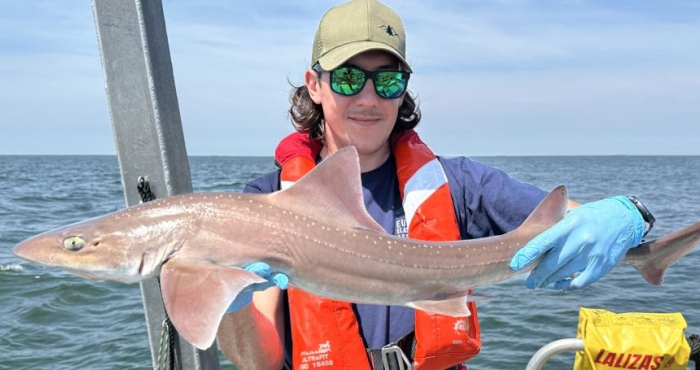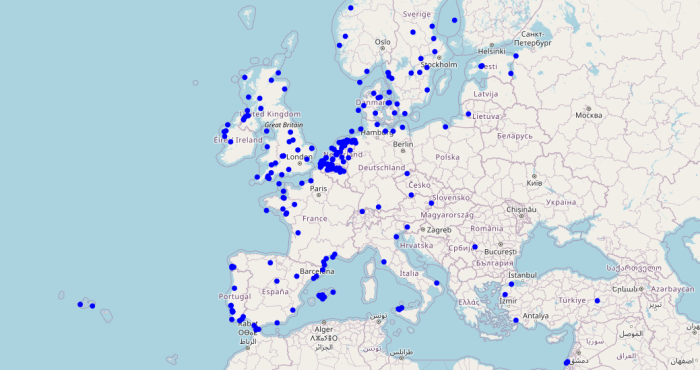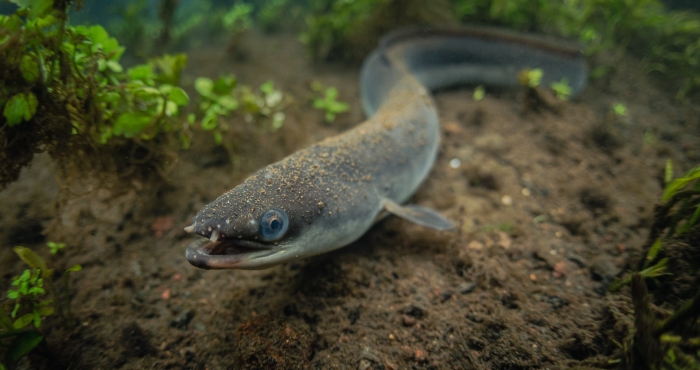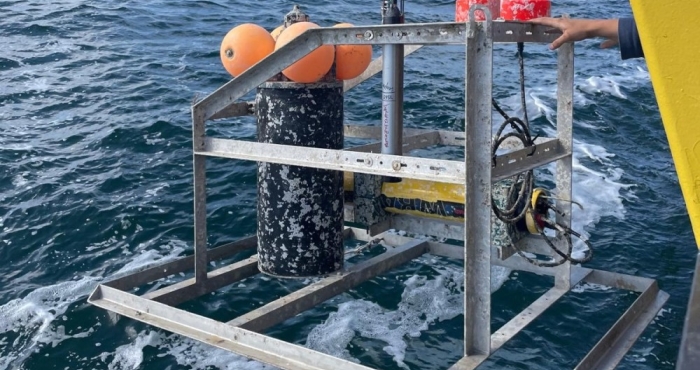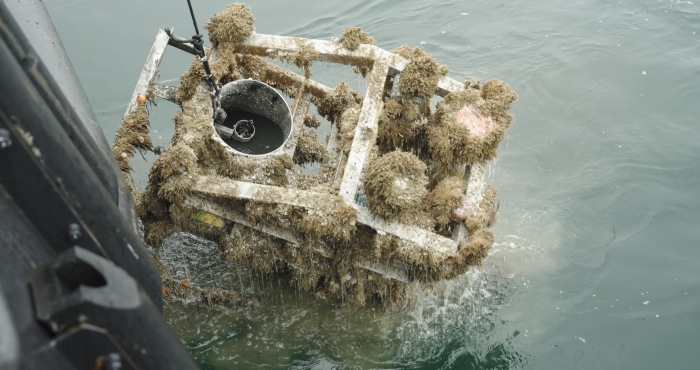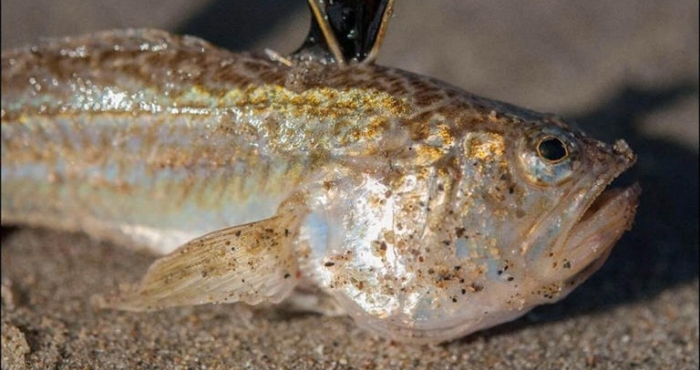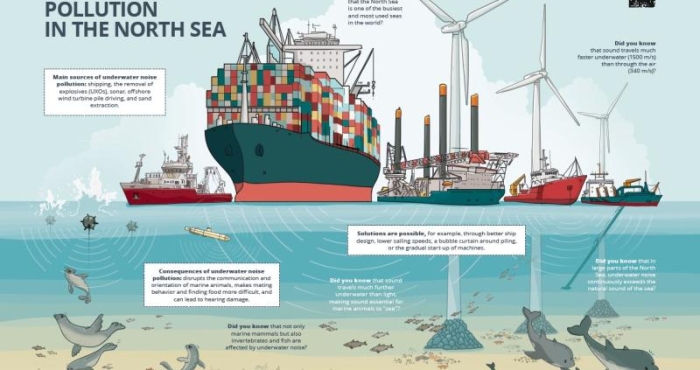
Visualising EU fisheries agreements with Maritime Boundaries for the European Parliament
Members of the European Parliament are being brought up to speed on upcoming votes with background materials prepared by the European Parliamentary Research Service (EPRS). In recent EPRS publications concerning EU fisheries agreements, MarineRegion’s Maritime Boundaries are being used to visualise...
